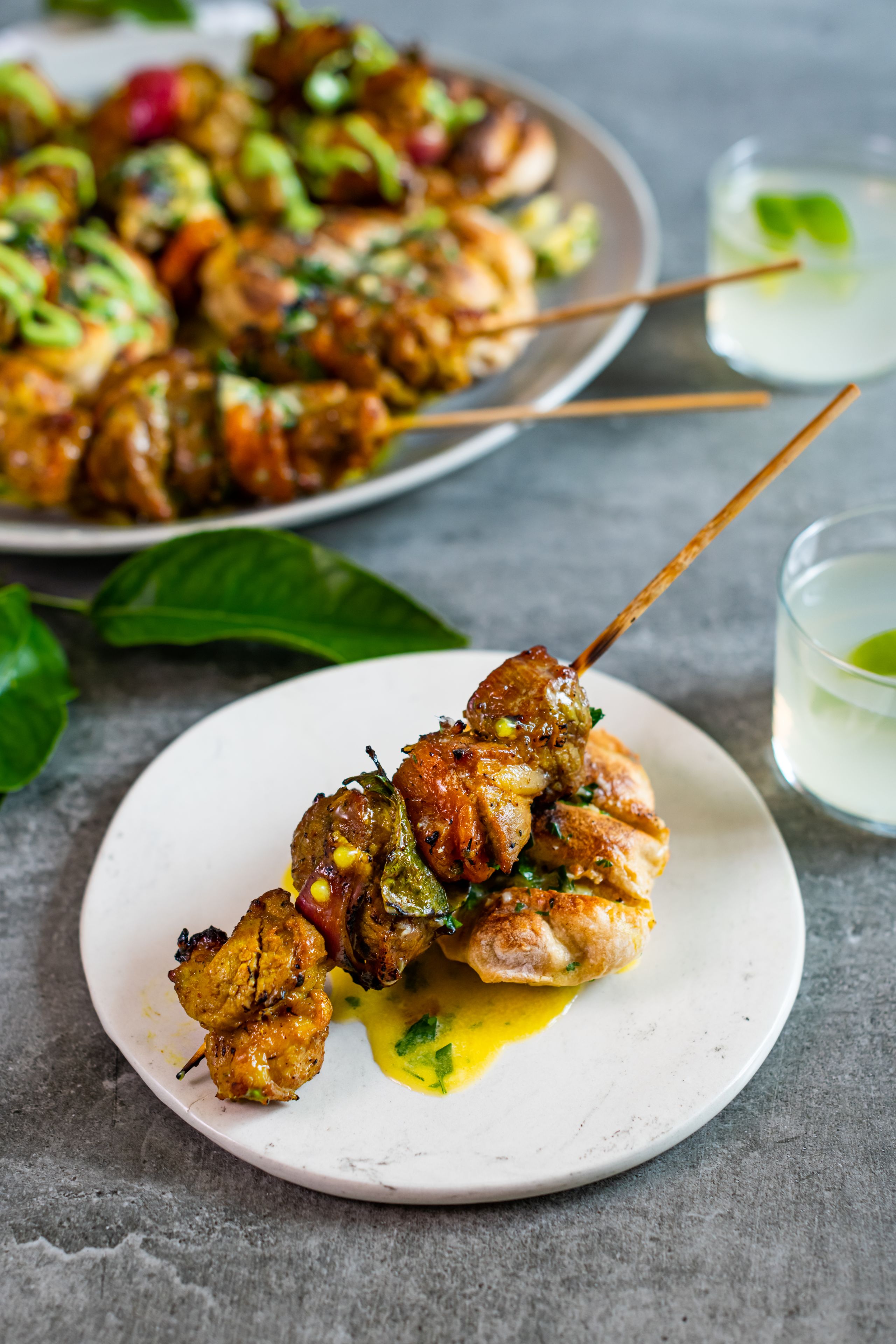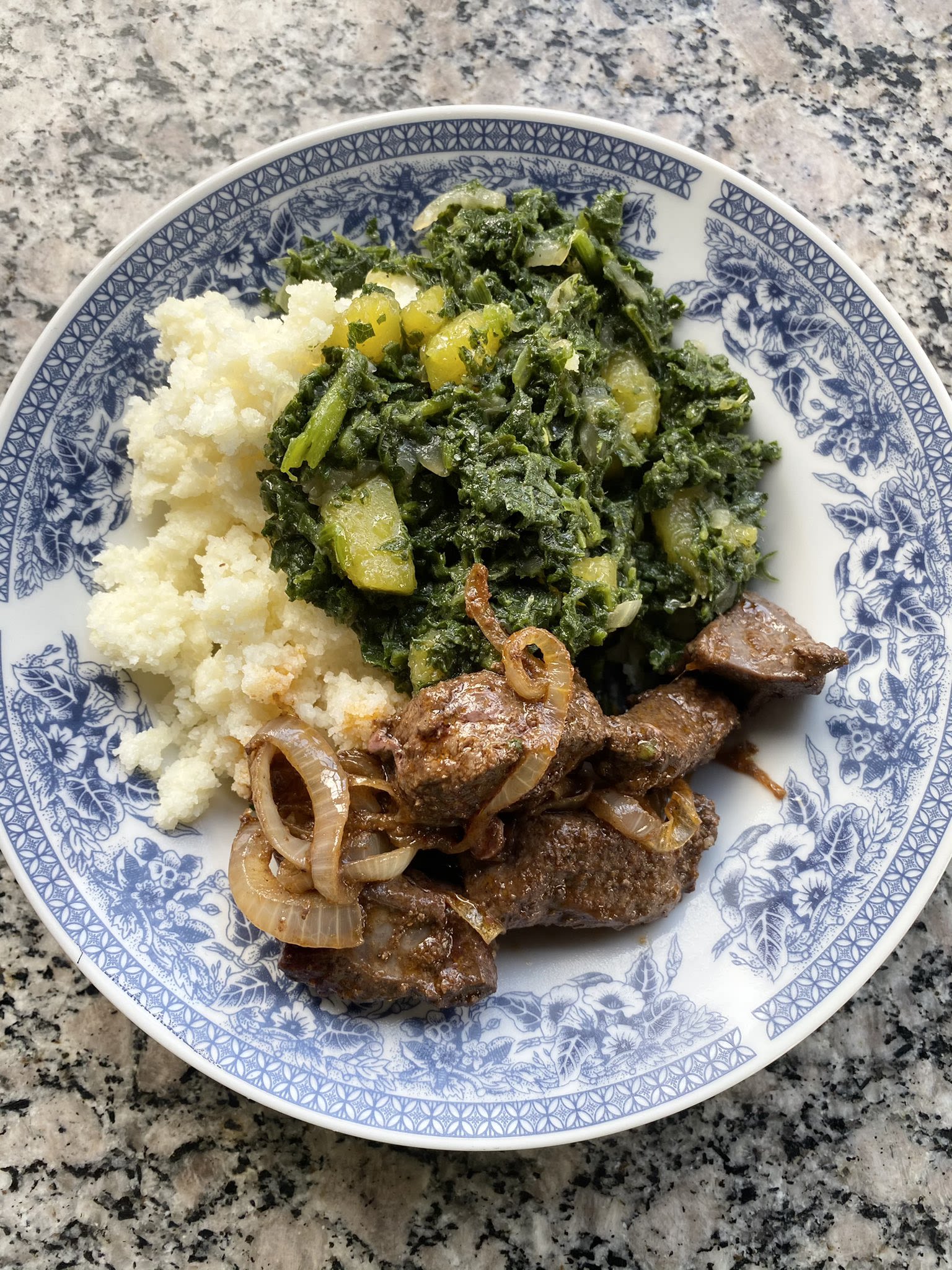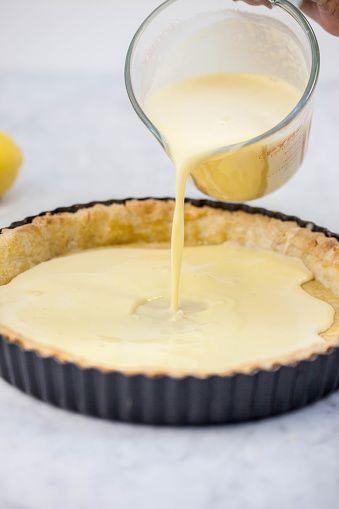Tracing the flavour roots of South Africa’s favourite heritage-inspired dishes
There’s nothing quite like the sizzle and smell of an authentically Saffa dish being made with love. We uncover the tales of six local loved Mzansi dishes

From the inviting scent of Mala Mogodu cooking on the stove to the calming sweet embrace of a fresh melktert – we know South Africa by its flavours as much as we do by its diversity. Populated by people who have roots stretching across the globe, it’s not strange that SA's flavour influences are universal and yet uniquely our own.
Join us as we go on a journey to uncover the tales of the origins of six heritage-inspired Mzansi dishes…

CHAKALAKA
You’ll find this spicy vegetable stew dish often served as the main feature, cooked into a meat dish, or as a complementary braai side dish. Chakalaka is a perfect and uniquely South African hot seasoning of choice.
The spicy vegetable stew originated in the late 1800s with mineworkers in Johannesburg who would cook up canned produce like tomatoes and beans along with carrots, onions, green peppers, cabbage and hot spices that they had at their disposal to pair with pap for a hearty after-work meal.
This historical dish has since become a staple of South African culture offered on many local restaurant menus for that taste of home.
BOBOTIE
While its origins are unclear, many historians trace this beloved Cape Malay dish back to 17th Century Indonesia, believing the dish branches off the Indonesian dish ‘Bobotok’ or ‘Botok’ which consists of shredded coconut, bay leaves, and vegetables. Others speculate it stems from the Malayan word ‘boemboe’ which means curry spices.
Either way, once this tasty dish reached SA shores, it transformed with the fusion flavours of our local Cape Malay community into the Bobotie we know and love today, incorporating ground meat, curry spices, and egg custard.
MALA MOGODU
This authentically local and lekker dish find its origin story in Botswana, South Africa, and Lesotho. The dish comprises of ‘mogodu’, which is a combination of chopped 'serobe' (tripe) and ‘mala’, which is sheep or cow intestines in Northern Sotho, and is served as a stew paired with another local favourite - hot pap.
This hearty meal brings a taste of home and comfort when prepared with love at a family gathering.
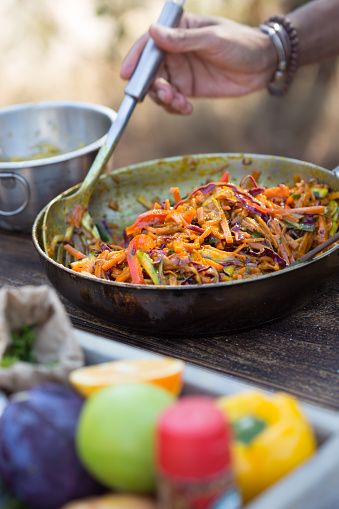
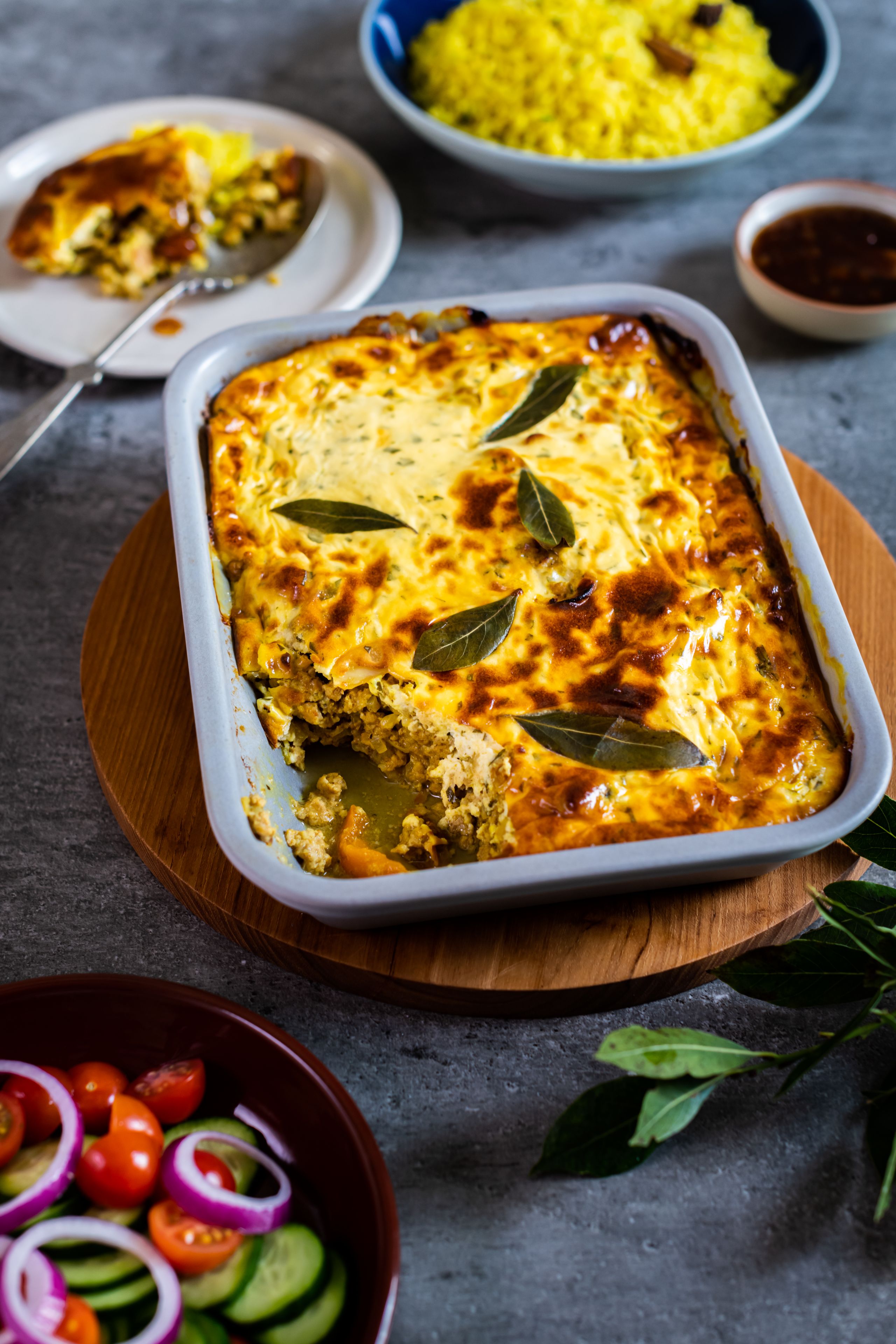
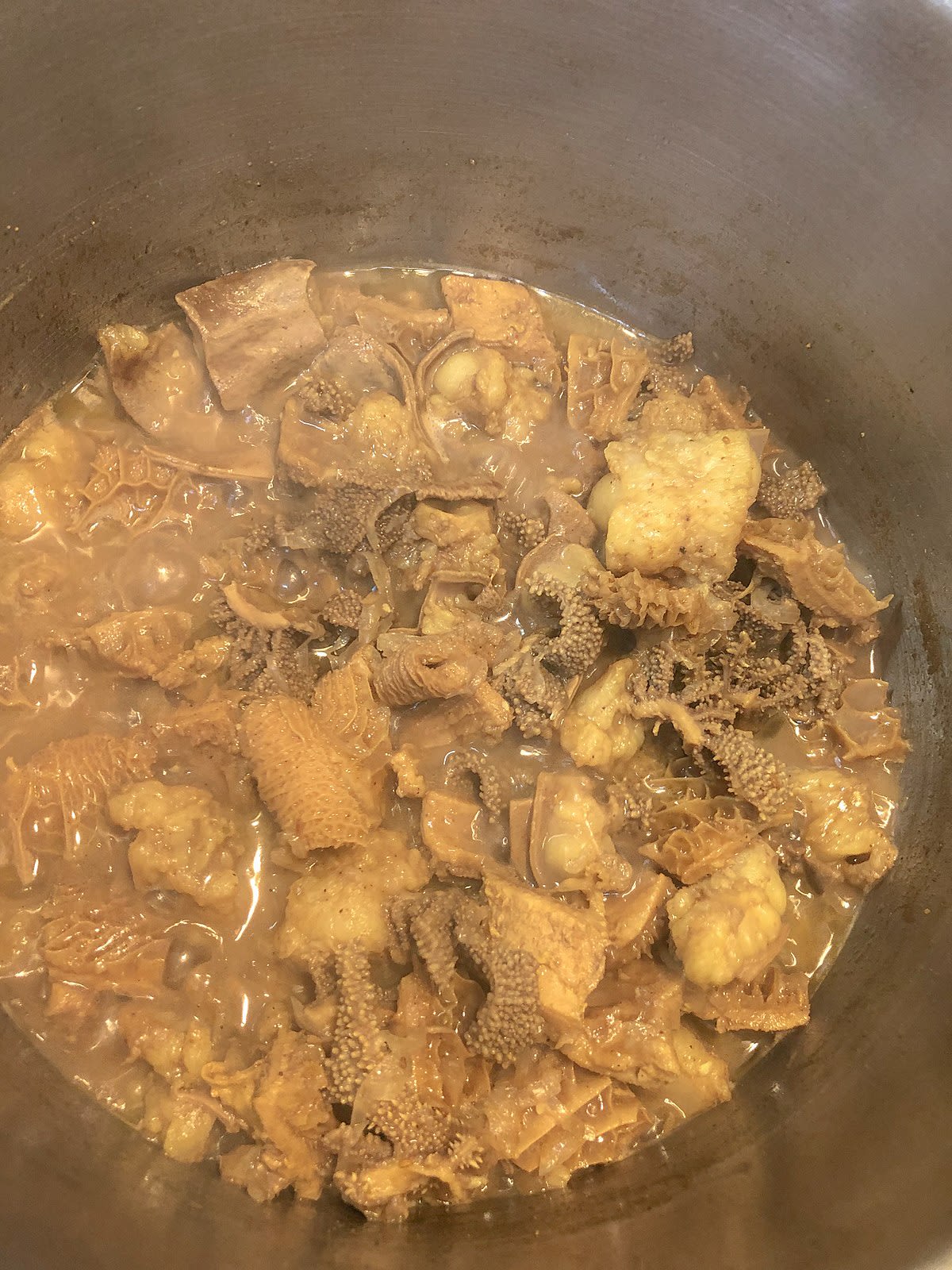
SOSATIE
Another visit to our local Cape Malay culture brings us to the beloved braai pastime – the Sosatie. The name 'sosatie' stems from the terms sate (skewered meat) and saus (spicy sauce).
As its namesake implies, the dish incorporates cubed meat, typically lamb or pork, or a mixture of the two spread evenly out on a skewer and paired with onions and dried fruit pieces placed between the meat. Dried apricots and peaches are most commonly used. The meat cubes are marinated in a curry sauce and left overnight before being grilled to smokey perfection the next day - giving it a flavourful and juicy element when fully braai'd.
IMIFINO
The perfect side dish for any braai or shisanyama is a wholesome and nutritious serving of Imifino. This traditional dish comprises of wild or weedy leafy green vegetables that play an important role as a food source across Africa.
Dubbed in isiXhosa and isiZulu as Imifino (a term used to describe most green leafy vegetables), the dish commonly includes a blend of spinach, maize meal, and sometimes potato that make the ideal starchy and vitamin-rich companion to flavourful braai chops.
MELKTERT / MILK TART
And, of course, every hearty dish needs a sweet finisher. Introducing a local favourite - the bouncy, creamy, and sweet Saffa milk tert.
This sweet mix of Dutch and Cape Malay culture combined birthed one of our nation’s most iconic dessert dishes and teatime treats. Brought to SA back in the 1600s by Dutch settlers, the dessert is said to originate from ‘Mattentaart’, a Dutch-Flemish curd-type cake, where a buttermilk custard is wrapped in puff pastry. This pastry was then likely adapted based on ingredient accessibility in SA and tweaked with a dusting of Cape Malay flair by adding a sprinkle of cinnamon powder atop the milky treat. Nothing would be a sweeter way to wrap up a family Heritage day than with this authentically Mzansi treat.
These are just six tales of iconic and authentically SA dishes you’ll encounter this heritage month. Dig in and find out the origin stories of your favourite dishes and share your Home Cook Hero with us.




